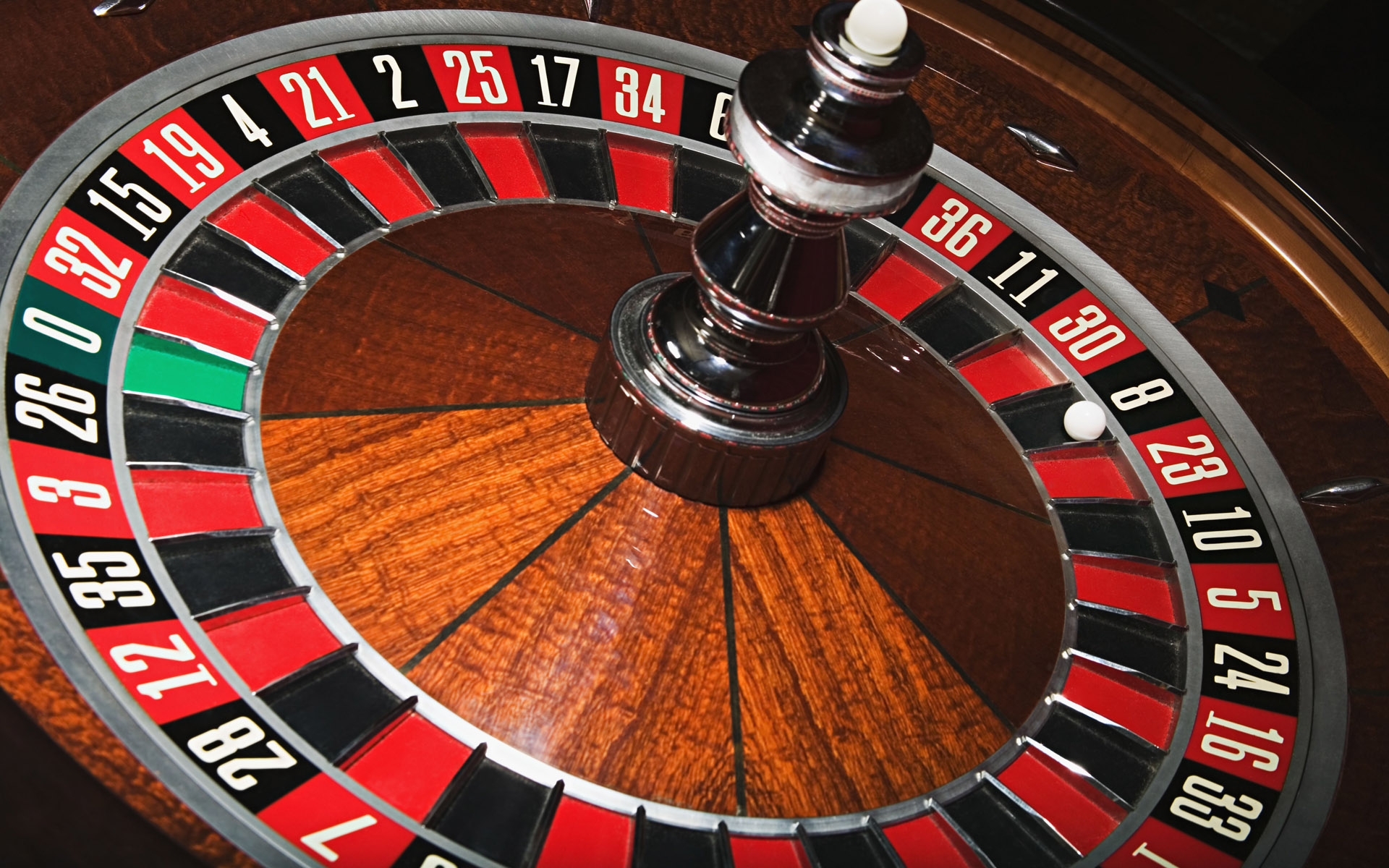Regarding casino slots games, players often find themselves captivated by the flashing lights, engaging themes, and the excitement of the reel spins. But beneath the glitz and entertainment lies an essential concept that every player should understand: Return to Player, or RTP. This key metric is essential in deciding how much of your wagered money will return to you over time, shaping your experience and strategy as you play.
RTP is usually expressed in percentage terms and represents the average amount of money returned to players compared to the overall stakes. For instance, if a slot game has an RTP of 95 percent, it means that, on the average, players should anticipate receiving $95 for each $100 wagered. Understanding this concept can enable players to make better choices when deciding on slots to spin, ultimately improving their overall casino experience.
What is is RTP?
The Return to Player concept, often called RTP, represents a crucial factor within slot machine games. It indicates the percentage of all wagered money which a particular slot machine is set to return to players in the long run. For example, if a slot has an RTP of 95, this means that, in theory, players are likely to reclaim $95 for every $100 placed in the long run. Understanding RTP helps players evaluate the possible profitability of the various slots available.
RTP isn’t a guarantee of personal wins but instead it is an average determined over many spins. Each player’s experience may differ significantly as a result of the luck built-in in slot machines. A higher RTP suggests more favorable odds for the player, thus making it a key consideration to think about when choosing the slots to play. Nonetheless, even with high RTP, there can be stretches where players encounter losses, because randomness plays a significant role.

It is also worth noting that various slots have diverse RTP percentages. Some games could display a reduced RTP as a result of a significant entertainment or distinct elements, while others keep a increased percentage to entice more cautious players. Comprehending RTP enables players to make informed decisions about their gaming strategies and manage their bankrolls wisely while enjoying the thrill of casino slot games.
The Way Return to Player is Determined
A Return to Player, or Return to Player, represents a vital indicator within the world of casino slots games. It indicates the ratio from all bet funds that a gaming device can be expected to pay back to players in the long run. Comprehending the method by which this measurement is calculated requires understanding of both the game’s architecture as well as its reward structure. The return value is determined through complex calculations as well as statistical analyses executed during the slot machine development process. Slot developers consider various elements, including the likelihood of winning combinations as well as the magnitude for returns on every outcome.
In order to compute this metric, the creators model a large number of spins of the game. These modeling efforts help determine how much on average, a gambler can expect to win according to their wagers. For example, if a machine boasts an RTP of 95 percent, it suggests that, in theory, among every one hundred bet, players can expect to receive ninety-five bucks back over time. https://fb88.degree/ That value doesn’t represent the amount a gambler might receive in a single session and during a couple of spins; instead, it shows long-term payout expectations.
The values of RTP are generally released from the casino and slot developer. Gamblers must consistently look for this information when choosing a slot game, as it can significantly affect their overall enjoyment. A higher RTP typically indicates a better chance of winning back a portion of wagered money, although individual plays can vary considerably. Understanding RTP enables gamblers make informed decisions while enhance their overall enjoyment in the realm of casino slots.
Value of RTP in Gaming
Comprehending the RTP or RTP is essential for any player involved in gambling on slots. RTP is the proportion of total bets that a slot machine is engineered to return to gamers over the long run. A greater RTP shows that gamers can anticipate receiving a larger share of their wagers back, making it an significant factor for those looking to maximize their gaming experience. Knowing this figure helps players make informed decisions about which slots to play, as it can profoundly influence their potential winnings.
Additionally, Return to Player has a central role in the overall fairness and clarity of slot games. Gamers are often attracted to games with higher RTP percentages because they provide a superior opportunity of winning over the duration of gameplay. Casinos and game developers use RTP as a selling point to attract gamers, ensuring they maintain a competitive edge in the growing gaming industry. By being aware of Return to Player, players can select slots that align with their risk tolerance and gaming goals.
Finally, the idea of Return to Player promotes safe gambling behavior. Recognizing that not all games will provide short-term winnings and that RTP is determined by long-term play, gamers can manage their expectations and gambling behavior effectively. This understanding enhances the enjoyment of casino slots while fostering a more sustainable gambling landscape. Gamers who comprehend the importance of RTP are more prone to have a more satisfying time and reduce the chances of gambling issues.